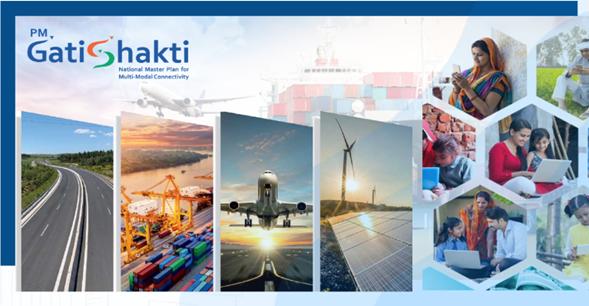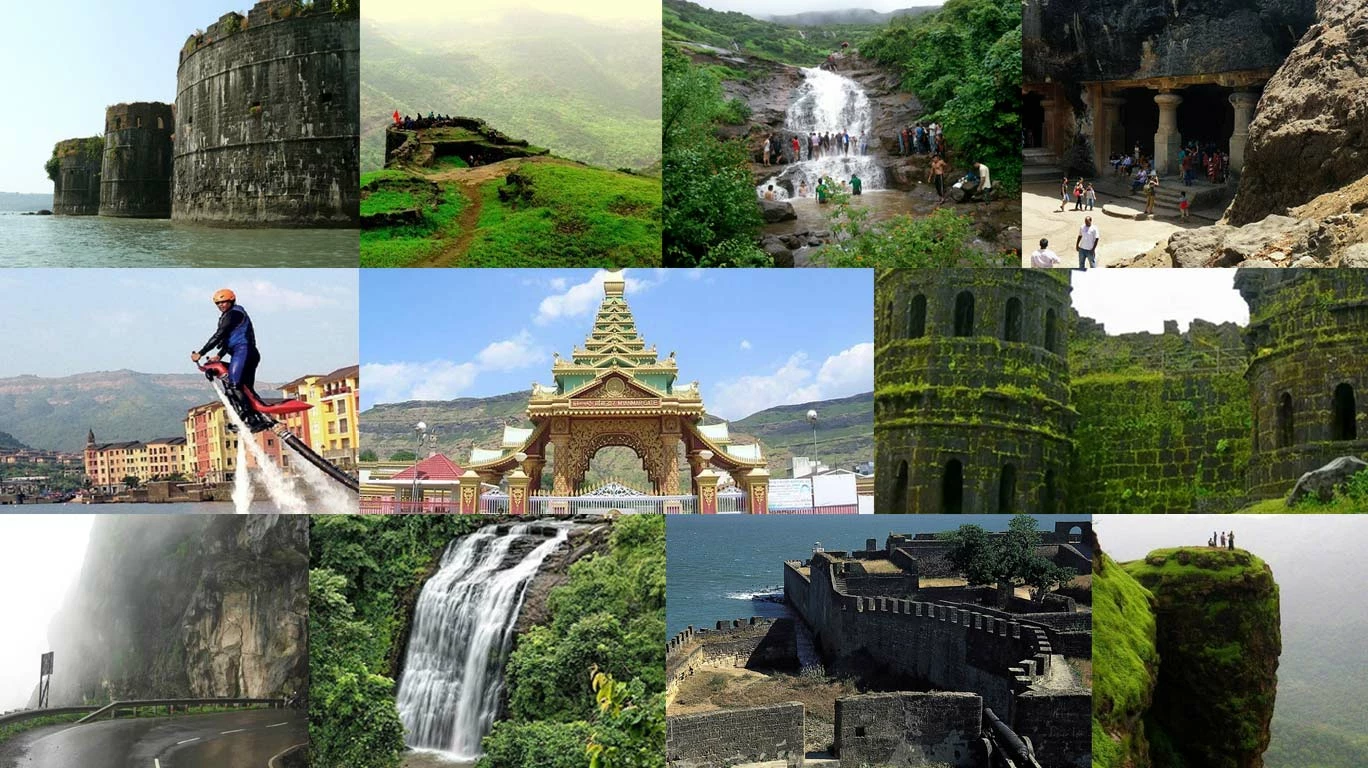 Image Source: C4S Courses
Image Source: C4S Courses
Key highlights
India's most ambitious infrastructural plan, the PM Gati Shakti National Master Plan, aims for an unparalleled ₹100 lakh crore (INR 100 trillion) investment to coordinate transport, logistics, and connectivity projects nationwide. Unveiled in October 2021, this digitally led plan has the potential to contemporize the backbone of India's economic growth and propel long-term, inclusive development.
Integrated Planning: Breaking Silos for Seamless Development
The plan brings together 44 central ministries, 36 states and UTs, and combines more than 1,600 data layers on a national GIS platform for real-time monitoring and coordination. This puts an end to the siloed planning of the past that resulted in duplications and wasteful expenditure and replaces it with ongoing cross-sector coordination.
Large national initiatives—Bharatmala, Sagarmala, UDAN, inland waterways, and several industrial and agri-clusters—are now integrated under a single umbrella, optimizing the impact while minimizing regulatory clearances and land acquisition.
Transformative Outcomes: Connectivity, Efficiency, and Jobs
Expeditious implementation of key infrastructure: 208 projects of ₹15.39 lakh crore assessed as of 2024; over 8,890 km of new roads and 27,000 km of proposed railway lines, besides streamlined energy corridors and coastal development areas.
Filling historical gaps: Gati Shakti has identified and filled 156 key last-mile connectivity and logistics gaps, significantly enhancing supply chains for coal, steel, food, and important exports.
Reducing project delays: Combined digital supervision and real-time progress monitoring have cut down on average clearance and approval times, helping to keep projects on time and to budget.
Catalyst for Economic Growth and Global Competitiveness
The program is powering India's infrastructure investment as a share of GDP from 5.3% in FY24 to an estimated 6.5% by FY29, which amounts to a $1.45 trillion cumulative spend over the course of the next five years. Improved multimodal infrastructure—from roads, ports, and airports to logistics parks and green corridors—will facilitate movement of goods and people, reduce logistics costs, and render Indian business more globally competitive.
The world has taken notice: nations such as Nepal, Bangladesh, and Senegal are examining Gati Shakti as a model for their own infrastructure modernization.
Next Steps and Future Impact
Through the use of technology, promoting public-private partnerships, and synchronizing infrastructure rollouts with economic zones, Gati Shakti seeks to generate millions of direct and indirect jobs, and set the foundation for a more integrated, resilient, and self-sufficient India.
The dynamic process guarantees ongoing feedback, adaptation, and refinement—rendering the mission a living, dynamic roadmap that aligns with India's rapidly evolving needs.
Sources: PIB, India Briefing, Invest India, StockGro
Advertisement
Advertisement




